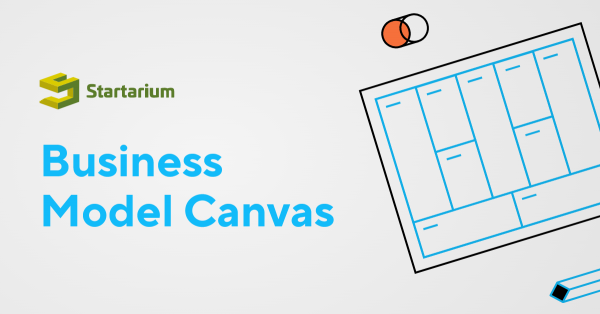In creative interventions, creative professionals or artists join organisations or processes to initiate change, while organisations open their doors to creatives with their own expectations. Usually, they are about finding innovative solutions to situations that do not correspond to changed times or their current stage of development.

According to Lotte Darsø, a Danish expert in innovation and creativity development, author of Artful Creation: Learning-Tales of Arts-in-Business (2004), organisations use, apply and integrate the arts and creative artworks for:
- decoration;
- entertainment, either by giving the employees benefits such as tickets for selected shows, performances and arts exhibitions in their leisure time, or they invite artists into the company for performances at annual meetings, customer events or special occasions;
- for teambuilding purposes, communication training, leadership development, problem solving and innovation processes;
- the development of a strategic process of transformation, involving personal development and leadership, culture and identity, creativity and innovation, as well as customer relations and marketing.
Artistic intervention projects can be initiated and managed by artists themselves, by companies, by consultants/third party agencies or by cultural institutions. The general practice in Europe shows that artistic intervention projects are usually carried out by special umbrella organisations and agencies that mediate artists and organisations.
Some issues that organisations that implement artistic interventions projects should consider are:
Although working methods and processes used by organisations in artistic intervention projects are different and depend on the length of projects, their purposes and the number of participants, the creative intervention runs through four phases:
- Anchoring: exploring the challenging issue, problem, goal to be addressed by the creative intervention and agreeing on activities to ensure the organisation’s involvement
- Research: the creative/artist researches the organisation and creates contacts with the co-workers to jointly formulate an action plan for the project;
- Action plan implementation: the artist works with the entrepreneur and co-workers in the organisation to develop activities, events or workshops to implement the action plan, and;
- Final phase, including an evaluation of the activities and a final seminar at which all participating artists and companies report their experiences and what they have learned.
Therefore, the general mapping approach of the creative interventions from the non-creative organisations’ perspective implies key steps to approach the need, the impact, the design and the implementation of a creative intervention.
What are the steps in designing such an intervention?
Step 1 - Identify and analyse issue/problem/goal to be addressed by the intervention
Namely, identify specific behaviours / circumstances / issues / problems that need to be addressed by the creative intervention and improvements / changes in business-level outcomes that should result
Entrepreneurs may do this individually (by observing directly the issue/problem/goal, interviewing key people etc.) or together with the creative/artist or by asking the creative/artist to do it personally.
In any case, the factors to keep in mind are:
- Those for whom the current situation is a problem. Who is affected by the issue, problem or goal?
- The negative (positive) consequences for those directly affected and the business in general. What effect does the problem or issue have on the lives of those affected?
- Personal and environmental factors to be influenced (i.e., people's experience and history; knowledge and skills; barriers and opportunities).
- The behaviour or lack of behaviour that causes or maintains the problem. What behaviours of whom would need to change for the problem (or goal) to be eliminated (addressed).
- Who benefits and how from the situation staying the same (economically, politically).
- The conditions that need to change for the issue to be resolved (e.g., skills, opportunities, financial resources, trusting relationships).
- The appropriate level at which the problem or goal should be addressed (e.g., by individuals, teams, etc.), and whether the organisation has the capacity to influence such changes.
Step 2 - Set goals and objectives for what "success" would look like.
To do this, the factors to keep in mind are:
- A description of what success would look like. How will the business or employees be different if the intervention is successful?
- Those goals the intervention is targeted to accomplish. How will you know if the intervention is successful?
- The specific objectives the intervention will achieve. What will change by how much and by when?
Step 3 - Develop an action plan for the intervention.
This should include:
- What specific change or aspect of the intervention will occur?
- Who will carry it out?
- When the intervention will be implemented or how long it will be maintained?
- Resources (time, money and staff) needed/ available?
- Who should know what about this?
Step 4 - Schedule a meeting with the creative person/artist/creative organisation that will carry out the intervention, share all previous details and agree with them when and how they will design and present the creative intervention project (including financial aspects).
Step 5 - After the creative intervention project is presented, assess what follows:
- the quality of the intervention
- the level of correspondence of the action with respect to the objectives
- the type of the intervention implementation
- the possible results and consequences or side effects
Step 6 - Implement the intervention, and monitor and evaluate the process (e.g., quality of implementation, satisfaction) and outcomes (e.g., attainment of objectives) through pre-set effective tools, methods and strategies.
























